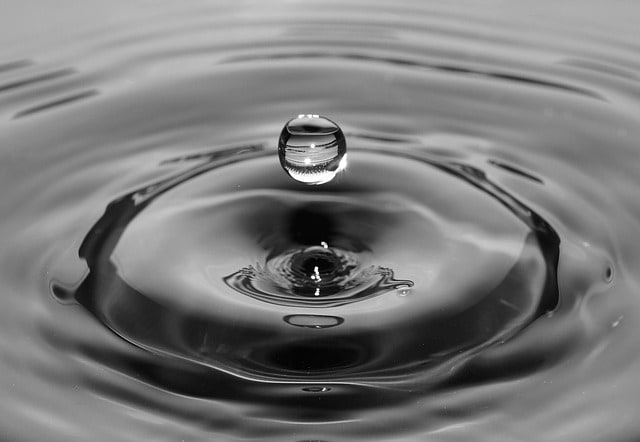
If you’re one of the lucky home owners with a privately-owned well system providing water to your house, there are some things to know about your well pressure tank. Over the years, several different styles of tanks have been introduced and improved upon. It’s possible that you own an outdated model or that your tank is exhibiting the signs of imminent failure. As a Maryland well pump contractor, we repair and service well pressure tanks all the time and are always happy to explain to you what kind of tank you have and what could be wrong with it.
What is a Well Pressure Tank?
For homeowners without city-regulated water services, a well is necessary in order to get running water in the house. A well pump, either submersible or a jet well pump, is used to deliver the water from the well to the plumbing fixtures inside your home. A well pump is connected to a well pressure tank, which acts as a reservoir to store the water that will be distributed throughout a home. As you might have guessed for the name, the well tank is pressurized with compressed air. This not only plays a role in the overall water pressure you get in your home, but also helps signal the pump when the water level gets too low and it’s time to refill. There are 3 different types of well pressure tanks depending on the type of mechanism they use to control the pressure.
Air-Over-Water Pressure Tanks
An air-over-water tank is usually made of galvanized metal with a fairly simple design. It’s often found in older homes and is not as popular today as other types of pressure tanks. As the name suggests, an air-over-water tank consists of a single chamber filled with water and pressurized air—nothing separates the two. The pressurized air pushes on the water, providing the necessary pressure for your home’s faucets. These tanks are generally larger than most modern models, yet have a capacity similar to much smaller tanks. This disparity in size and capacity of the tank may cause the well pump to cycle on and off more frequently, which may lead to premature pump burn-out. The single chamber design of these tanks also makes them prone to becoming water-logged due to air loss trough pin-hole corrosion.
Diaphragm Pressure Tanks
Diaphragm pressure tanks consist of two separate chambers: one for compressed air and another for water. A rubber diaphragm is permanently attached to the sides of the tank to separate water from air. It rises and falls with the water level. As water is pumped into the tank, the diaphragm is pushed up to the compressed air chamber which then triggers a sensor to shut off the pump. While efficient, these tanks can have problems with the diaphragm coming dislodged from the sides of the tank, causing water to flow into the compressed air chamber and preventing any pressure from building. If this happens, you will experience a drastic decrease in water pressure and your tank will need to be replaced. Some homeowners have also noted issues with the diaphragm folding over itself and causing false readings by the pump, burning out the pump and ruining the tank.
Bladder Pressure Tanks
Similar to diaphragm pressure tanks, bladder pressure tanks utilize two separate chambers for compressed air and water. The bladder is sort of a balloon filled with water that expands and contracts, triggering a sensor to activate the pump. Bladders, being self-contained entities, are useful for those worried about a diaphragm dislodging or folding under the pressure of compressed air. A bladder also generally lasts longer than a diaphragm, making your investment over time much more sensible.
Things to Consider For Your Well Tank
Getting an appropriately sized tank is essential to having constant water pressure throughout your entire home. A small tank will likely cause your pump to cycle on and off more frequently, which could result in premature wear or a need for total replacement. A tank that is too large for your home could cause the water to stagnate and develop an odd taste or other adverse effects. Luckily, we’re here to help you buy and maintain the right well tank for your need.
Call us or go online to request a free consultation with a free in-home water test.
